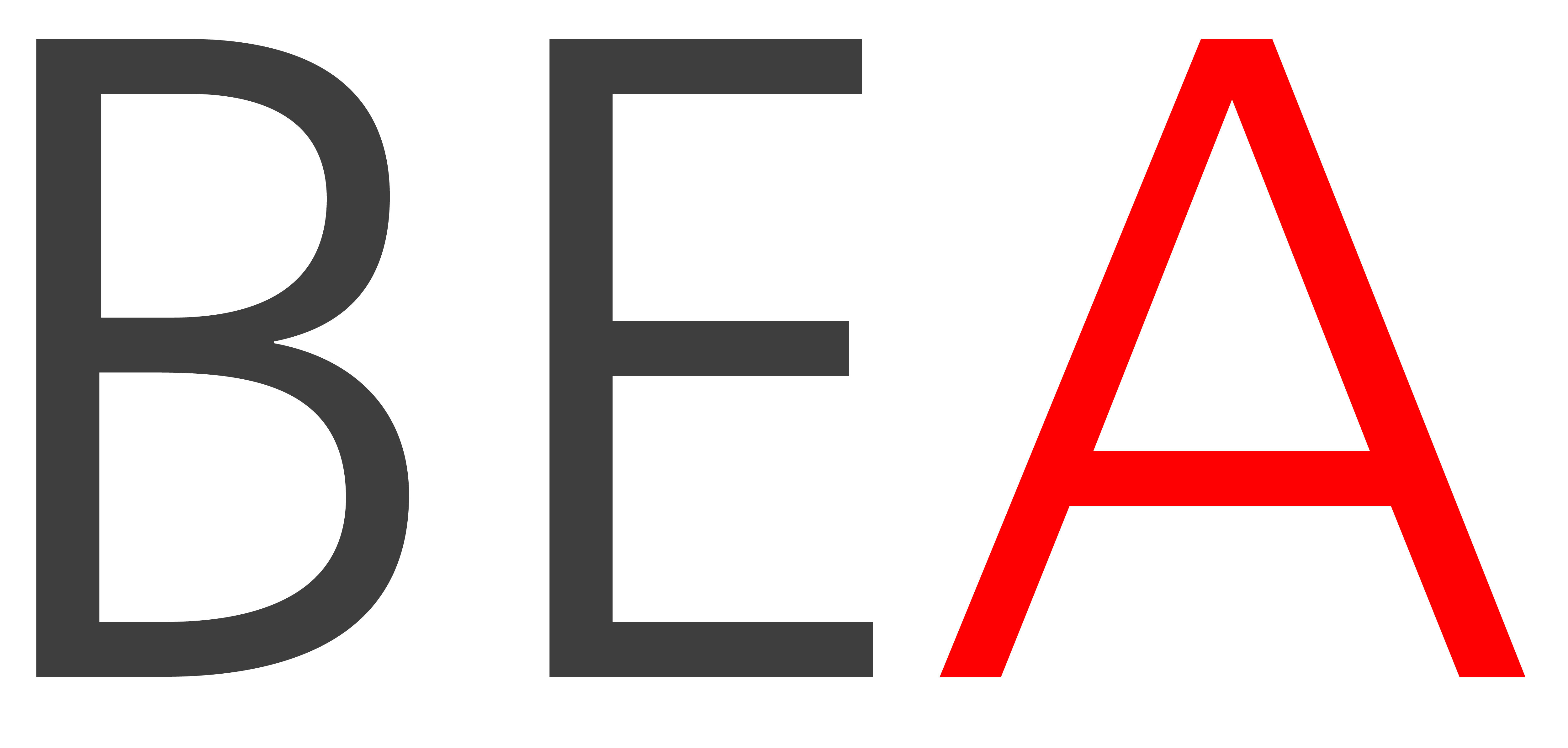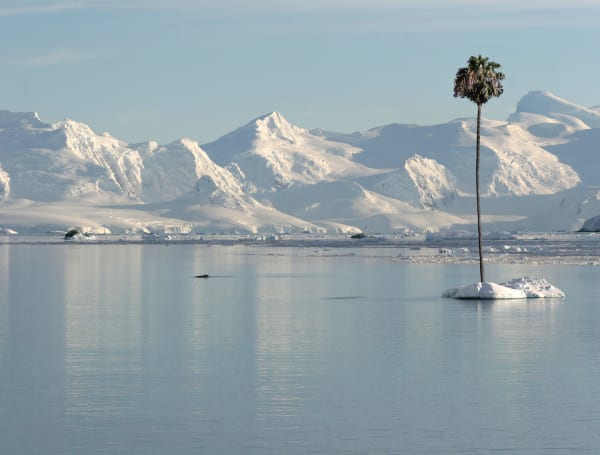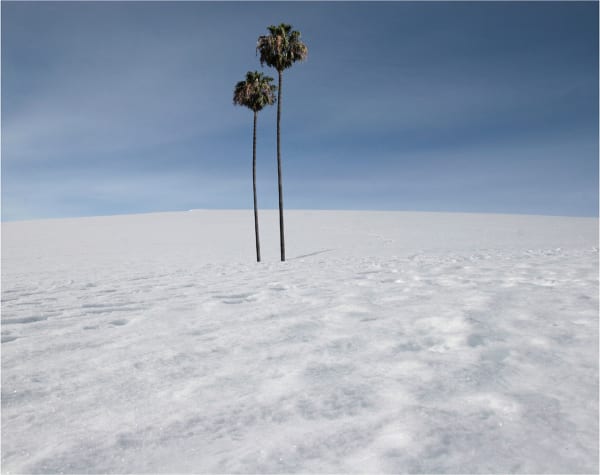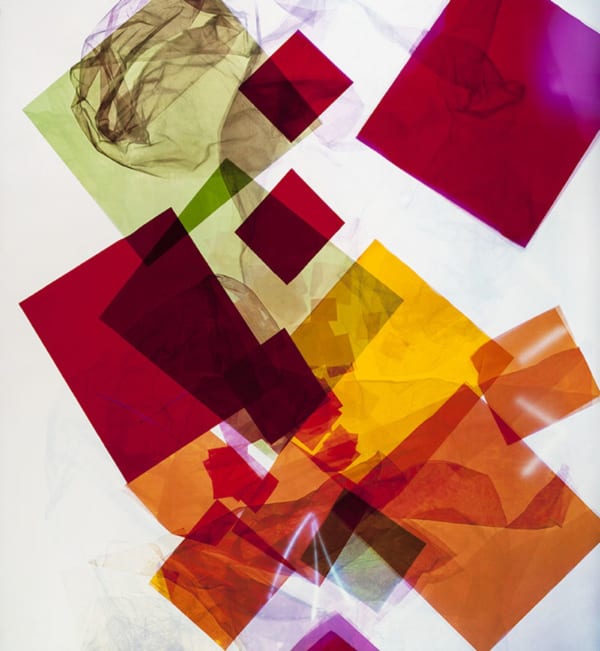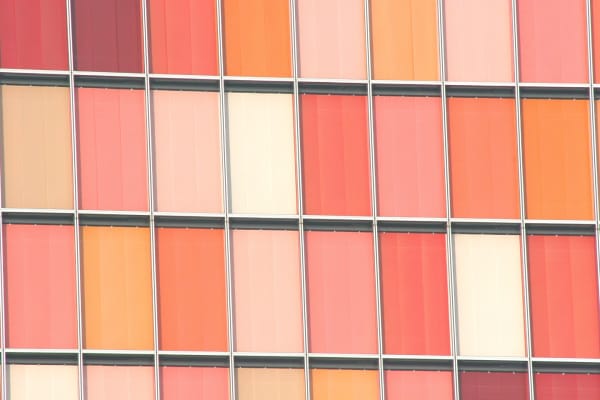His constructed and manipulated photographs often focus on things, both cultural and literal, that are on the verge of being lost or of disappearing.
Construction or Reality?
VIRTUAL LANDSCAPES
Photographs by Max Steven Grossman
For Max Steven Grossman, photography permits us to reflect upon our reality, and to create our own. His constructed and manipulated photographs often focus on things, both cultural and literal, that are on the verge of being lost or of disappearing. Grossman posits that photography as a medium has changed fundamentally from its initial use as a document, a record of historical fact. Today as a society, we question the reality of the images that pass before us daily - bombarded by so many often contradictory images, we choose our sources and in many ways we all construct our own truths. Taking that to a logical conclusion Grossman visualizes his own world, constructing a new reality. His key series examine climate change and the threat of extinction, fantasy libraries that are now more likely to be digital and ephemeral, and the overall questioning of time, place and perception.
His series Antarctica considers natural climate cycles, looking at both small and radical changes to what has long been accepted as an absolute - e.g. Antarctica is frozen or that palm trees only survive in southern landscapes. As ancient glaciers melt, there is more land and more trees and grass. Grossman's work speeds up the cycle, while hinting at a future where the green will again be colonized by ice. For the artist we are part of a larger and grander cycle that may well continue into infinity, a Moebius strip where there is no beginning and no end. He also ponders the notion that many things in nature happen so slowly we do not really notice until the changes become so blatant we are forced to pay attention.
Bookscapes, Grossman's best-known series, visualizes libraries that only exist in his imagination. Gathered thematically through a complex philosophical and digital process, they represent a kind of ideal. Shelves of books stacked closely on top of each other show titles gathered to represent a perfect archive for any particular field of study, whether art history, astronomy, or pulp fiction. They are both personal and universal depending on a viewer's relationship to the subject matter, to individual treasured titles, to their desire to possess knowledge and culture, and to the visual juxtaposition of one volume leaning on another. These libraries encourage an ongoing dialogue: there is always something new to contemplate, whether the humor of reading some titles in sequence, the amount of knowledge contained on the pages behind the spines, or the sense that all of this knowledge
is both within our reach and inaccessible.
Driving along roads and highways all over the world, from Bogotá to New York to Cape Town was the genesis for On the Road. Capturing the passing landscape at low-shutter speed while moving from one place to another creates a visual relationship between motion and color. These fleeting sights are attached to certain specific places, yet they are blurred to the point of being indistinguishable from each other. No longer attached to their place of origin, except by their titles, they become abstract, challenging our sense of location, our innate need to know where we are. Grossman follows the same line of thinking with Architecture. Inspired by the texture and geometry of urban landscapes, tight focus on the details of rhythm and line transforms individual buildings into abstract compositions, no longer connected the city, town, or street that inspired them.
-
 Antartica No. 1, 2010View more details
Antartica No. 1, 2010View more details -
 Antartica No. 2, ed. 1/5, 2010View more details
Antartica No. 2, ed. 1/5, 2010View more details -
 Antartica No. 3, 2010View more details
Antartica No. 3, 2010View more details -
 Art LND, 2020View more details
Art LND, 2020View more details -
 Art VW7, 2019View more details
Art VW7, 2019View more details -
 Cooking 2V, 2018View more details
Cooking 2V, 2018View more details -
 Elephant Island, 2015View more details
Elephant Island, 2015View more details -
 Music VQ, 2020View more details
Music VQ, 2020View more details
An engineer with an MFA in Photography from NYU and the International Center of Photography, his work is exhibited widely in museums including the Museum of Modern Art in Cartagena, Colombia and the Museum of Modern Art in Barranquilla, Colombia, as well as in galleries and art fairs in Latin America, United States, Europe and Asia.
-
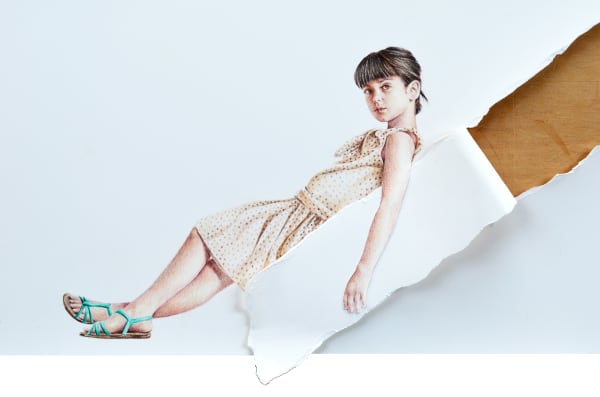
Dallas Art Fair 2022
21 - 24 Apr 2022“Colombian art is one of the world’s best kept secrets.” Colombian art is one of the world’s best kept secrets. Artists with outstanding talent, skill...Read more -

Los Angeles Art Fair 2022
19 - 23 Jan 2022COLOMBIAN PERSPECTIVES Colombian artists redefining paper. Colombian art is one of the world's best kept secrets. Artists with outstanding talent, skill and endless stories...Read more -
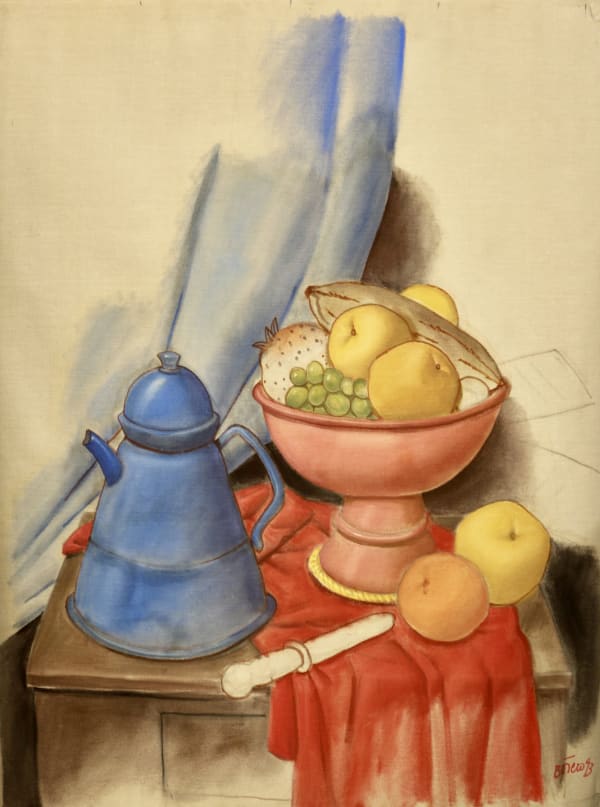
Dallas Art Fair 2019
12 - 14 Apr 2019BEA TO FEATURE FERNANDO BOTERO WORKS Colombian artist Fernando Botero will be featured at Beatriz Esguerra Art’s booth at the Dallas Art Fair, from April...Read more -
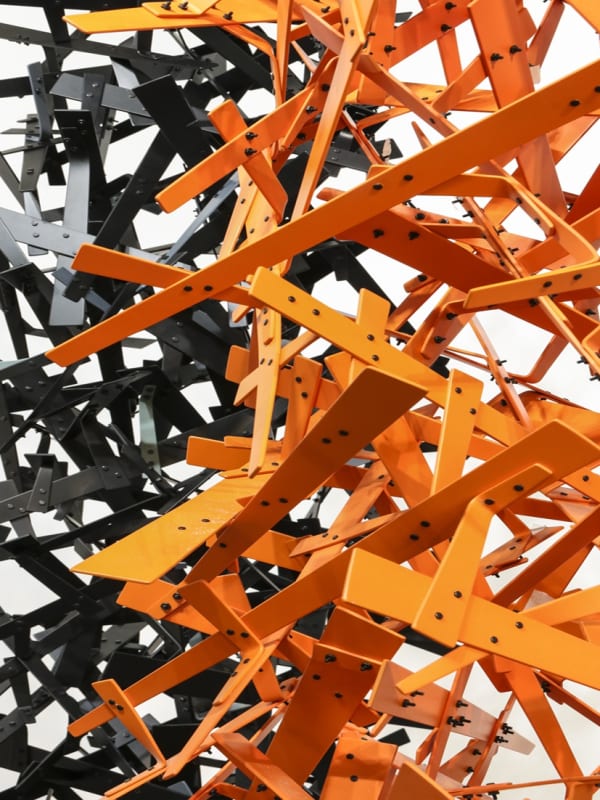
Dallas Art Fair 2018
13 - 15 Apr 2018Beatriz Esguerra Art is pleased to announce its presence in Dallas during April, the city's art month, with two exciting exhibitions: one, at our pop-up...Read more
-

Manipulated or Not?
A photography group show 5 - 31 Mar 2022MANIPULATED OR NOT There is much more than meets the eye. By Constanza Ontiveros Valdés Featuring the works of Colombian photographers Mario Arroyave, Luciano Denver, Olga Gabrielle, Max Steven Grossman,...Read more -

Virtual Landscapes
An online exclusive exhibition of Max Steven Grossman's works. 13 Aug - 19 Sep 2019For Max Steven Grossman, the idea of landscape extends far beyond that found in nature. Subjects that are on the verge of being lost or going extinct in our contemporary...Read more
